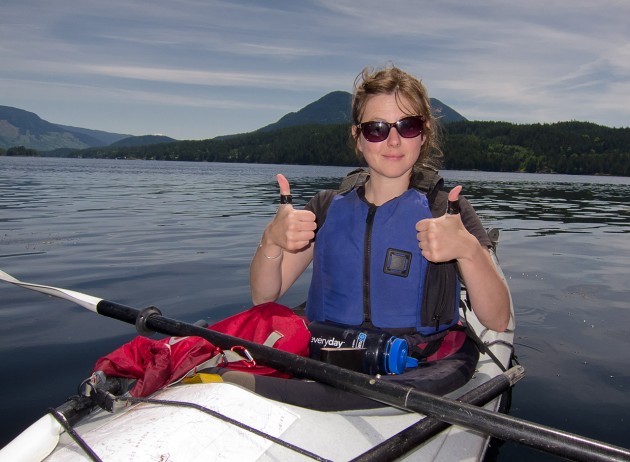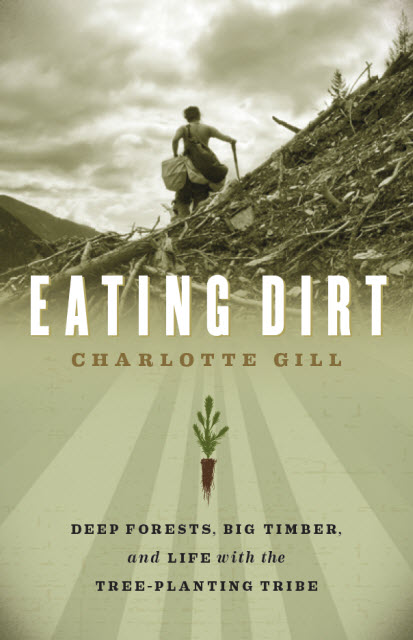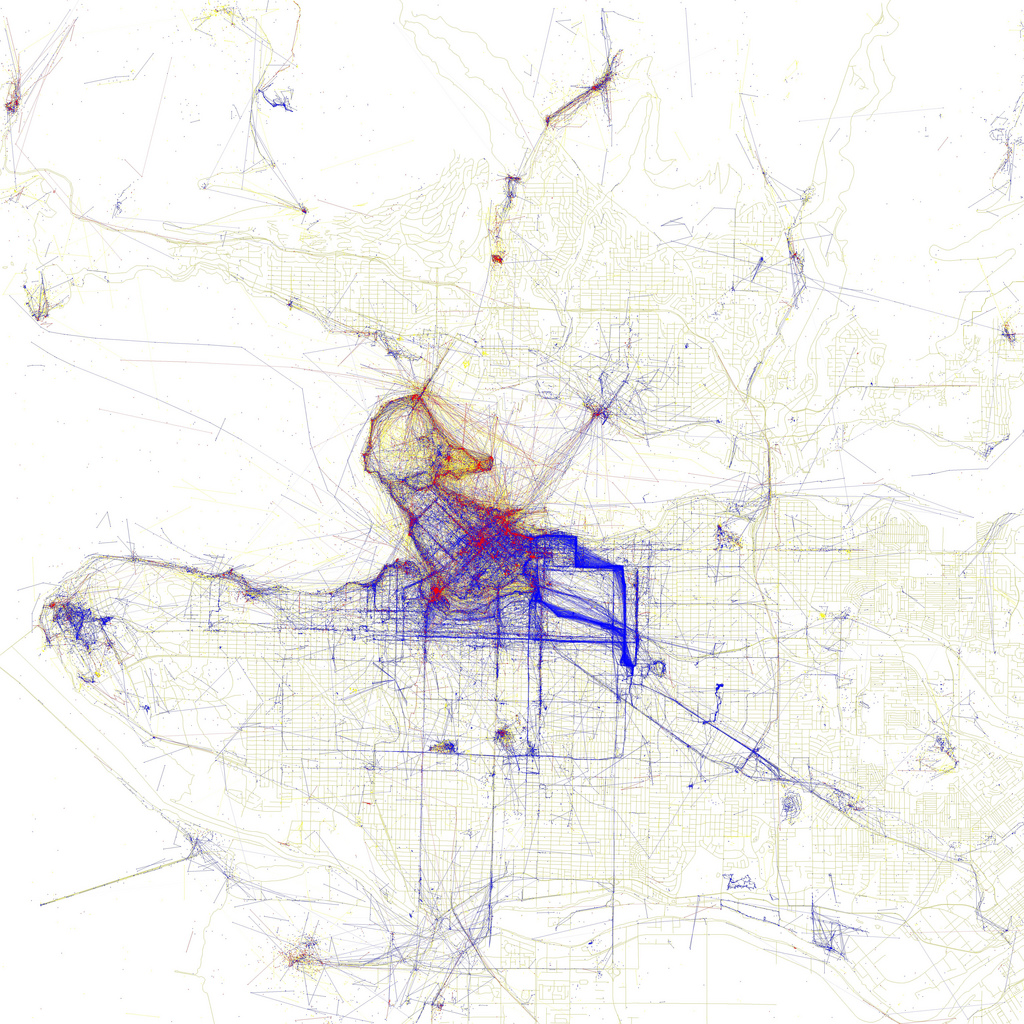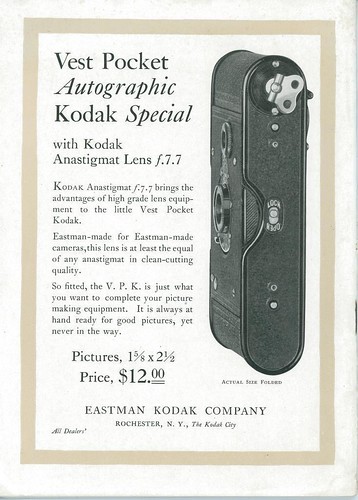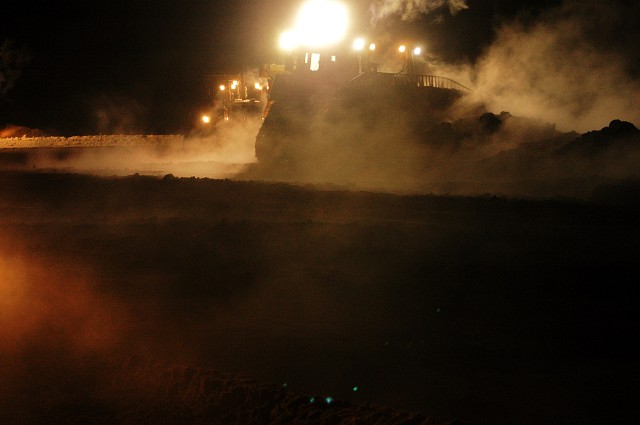Photos From our Treeplanting Cameo
We took Audrey and the Westfalia up to the clearcuts around 70 Mile for a brief visit to a friend’s planting crew. Jane experimented with planting with a baby strapped on. I took the opportunity to take some photos of people actually planting in their land, while not under pressure to be planting in mine.
I also took the opportunity to shoot treeplanting with a serious prime lens — my dad sent it for baby portraiture, but frankly 55mm is better suited to the cut block then the nursery. On the down side, I don’t know how to use a serious prime lens. But it was fun.
A small gallery of photos: Planting ’12.

